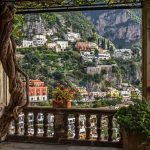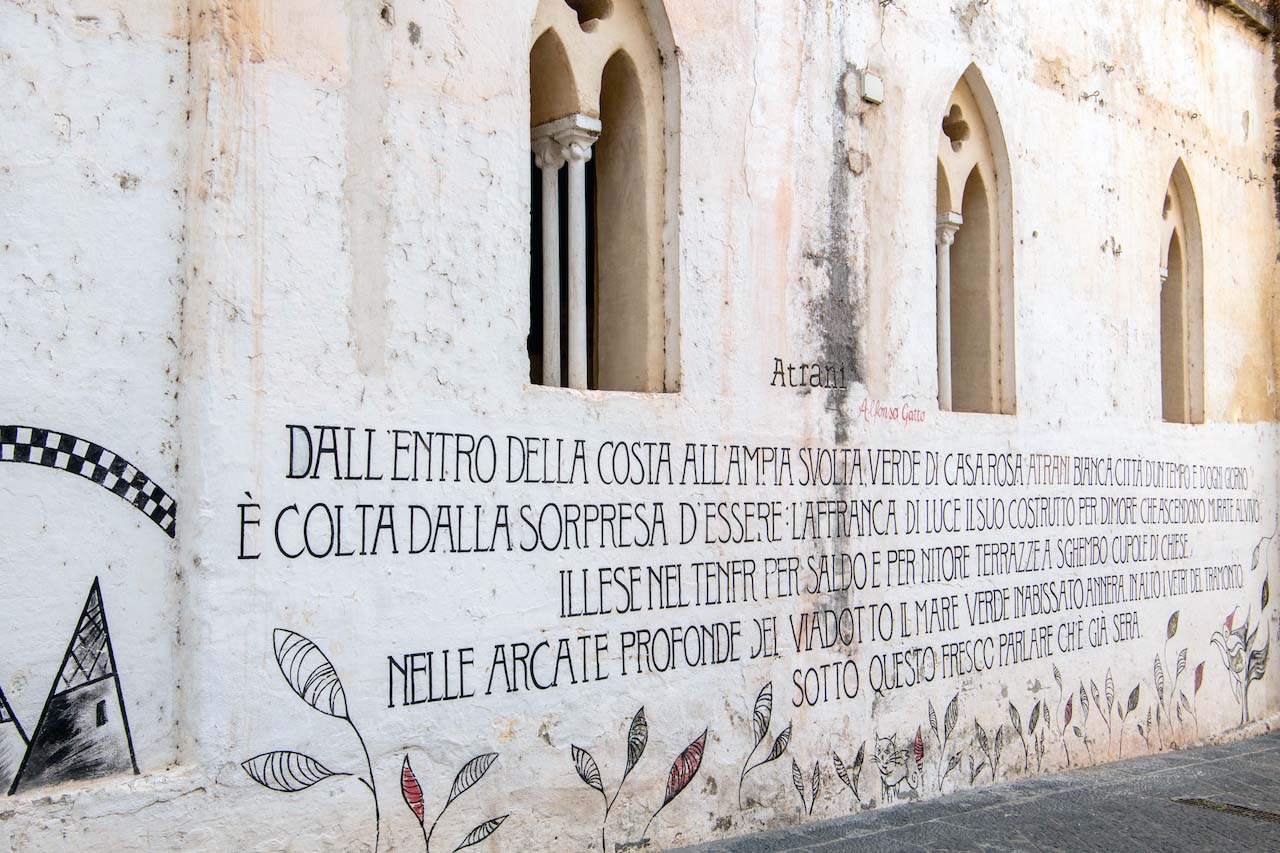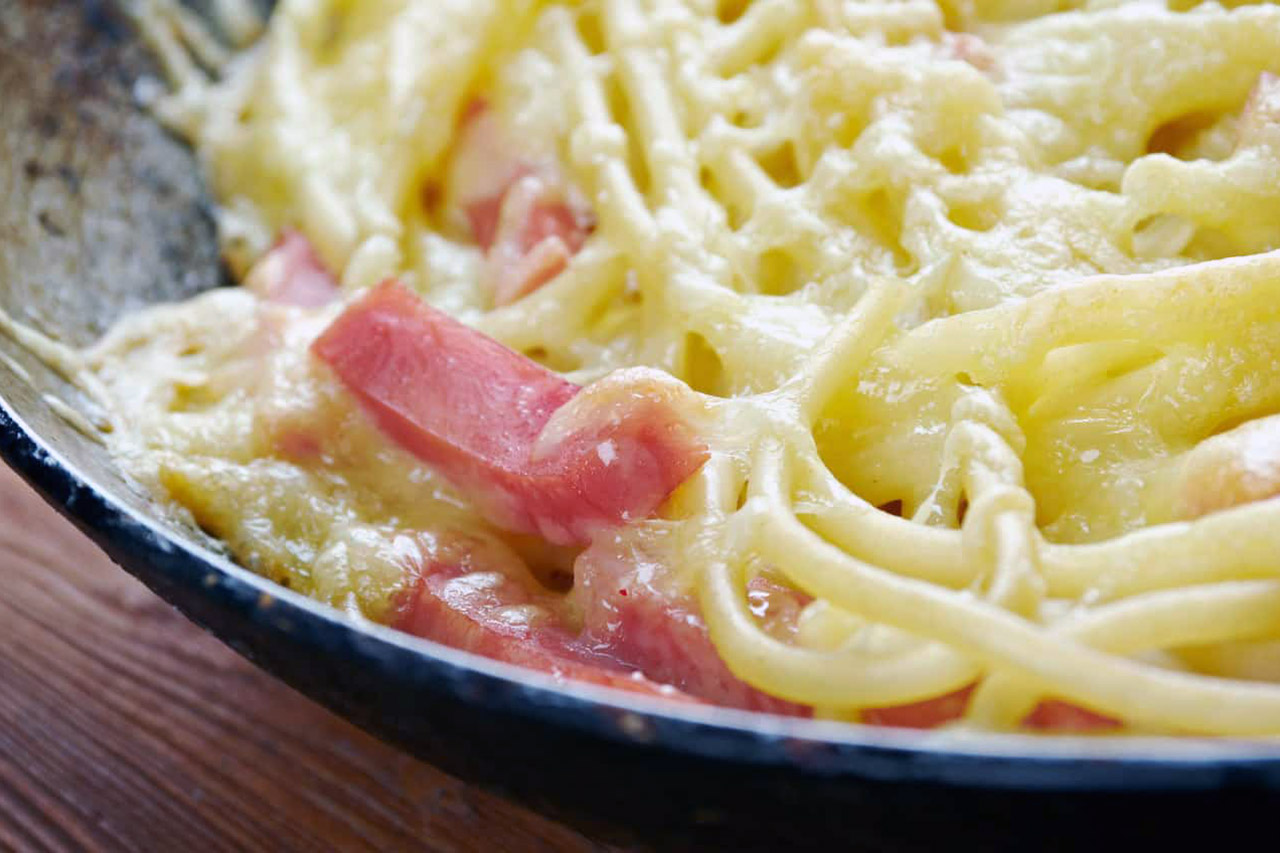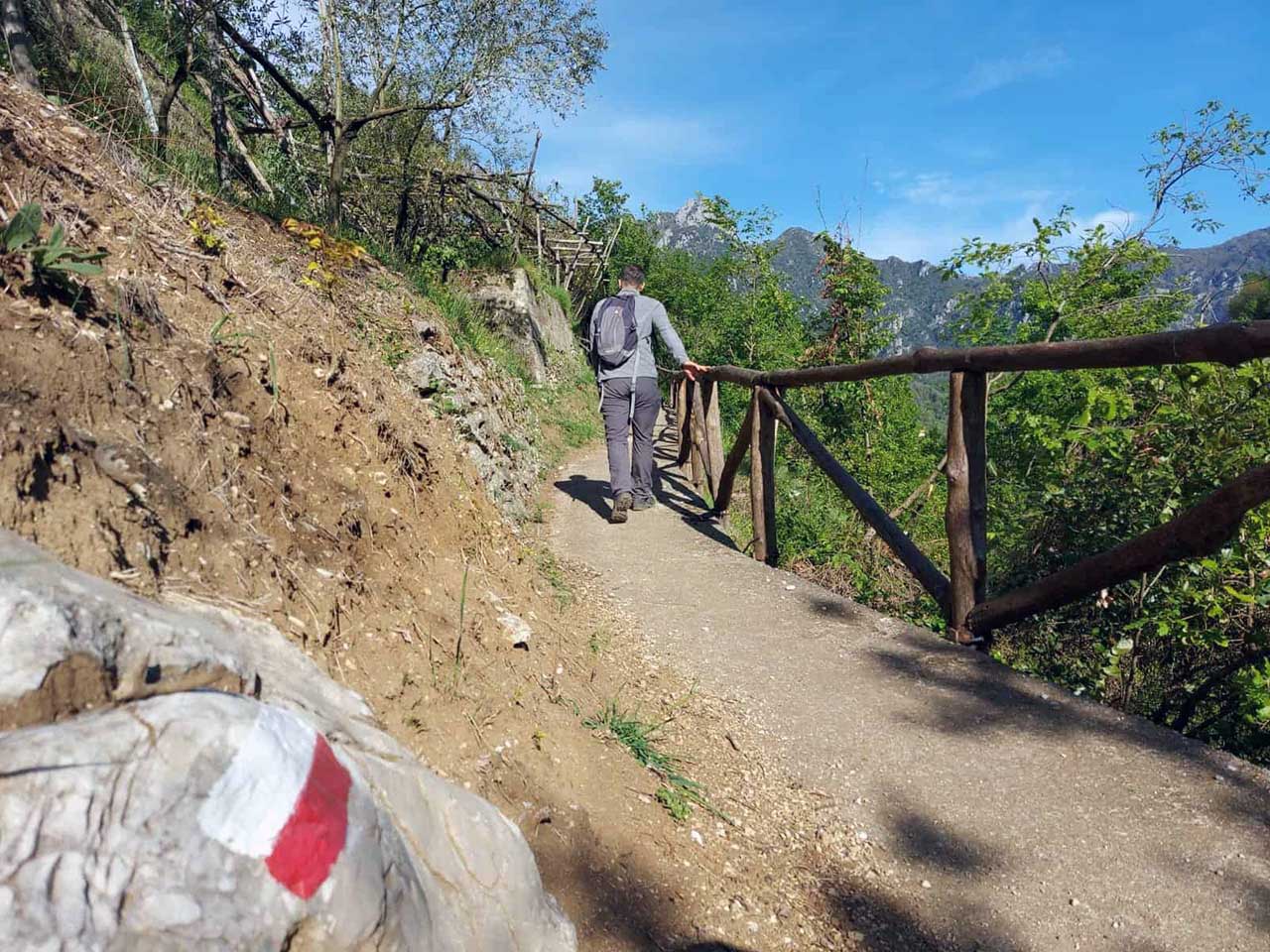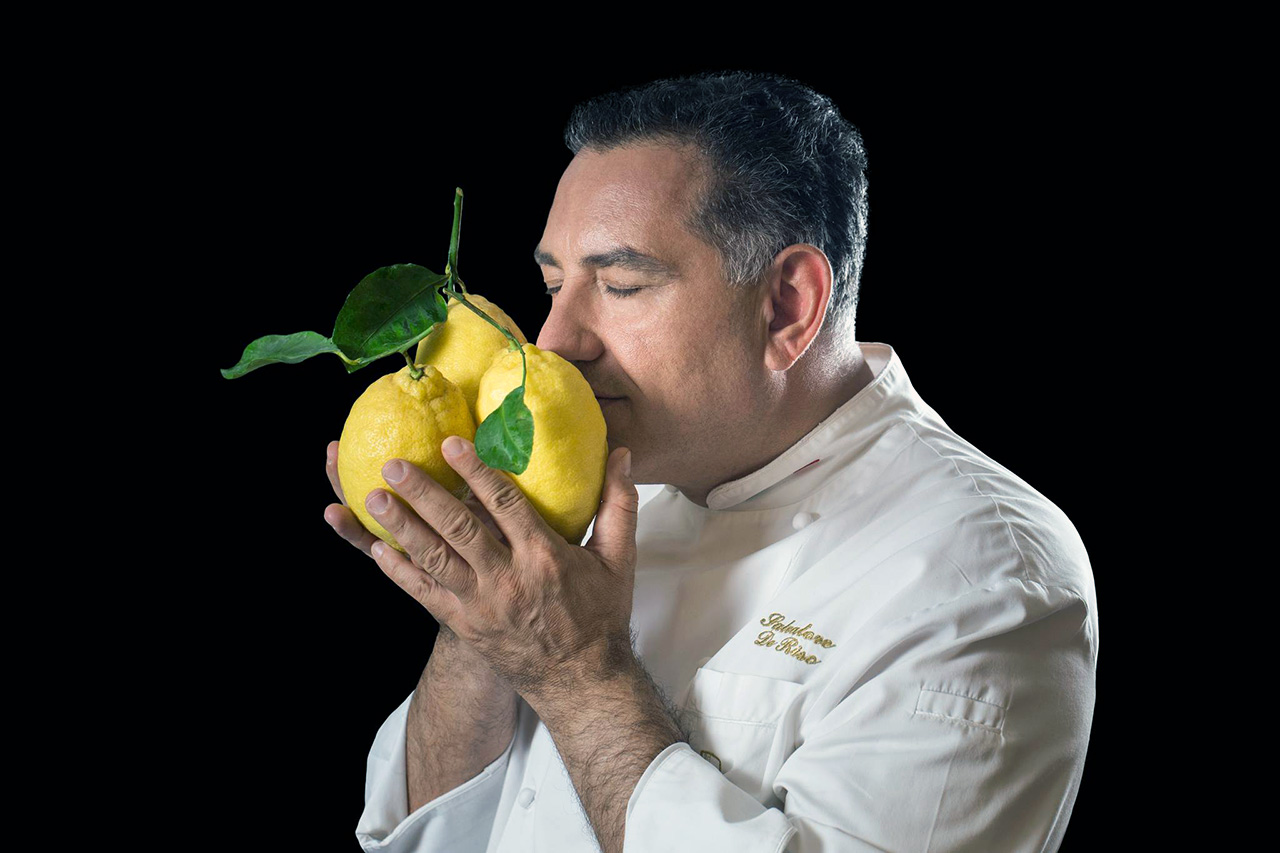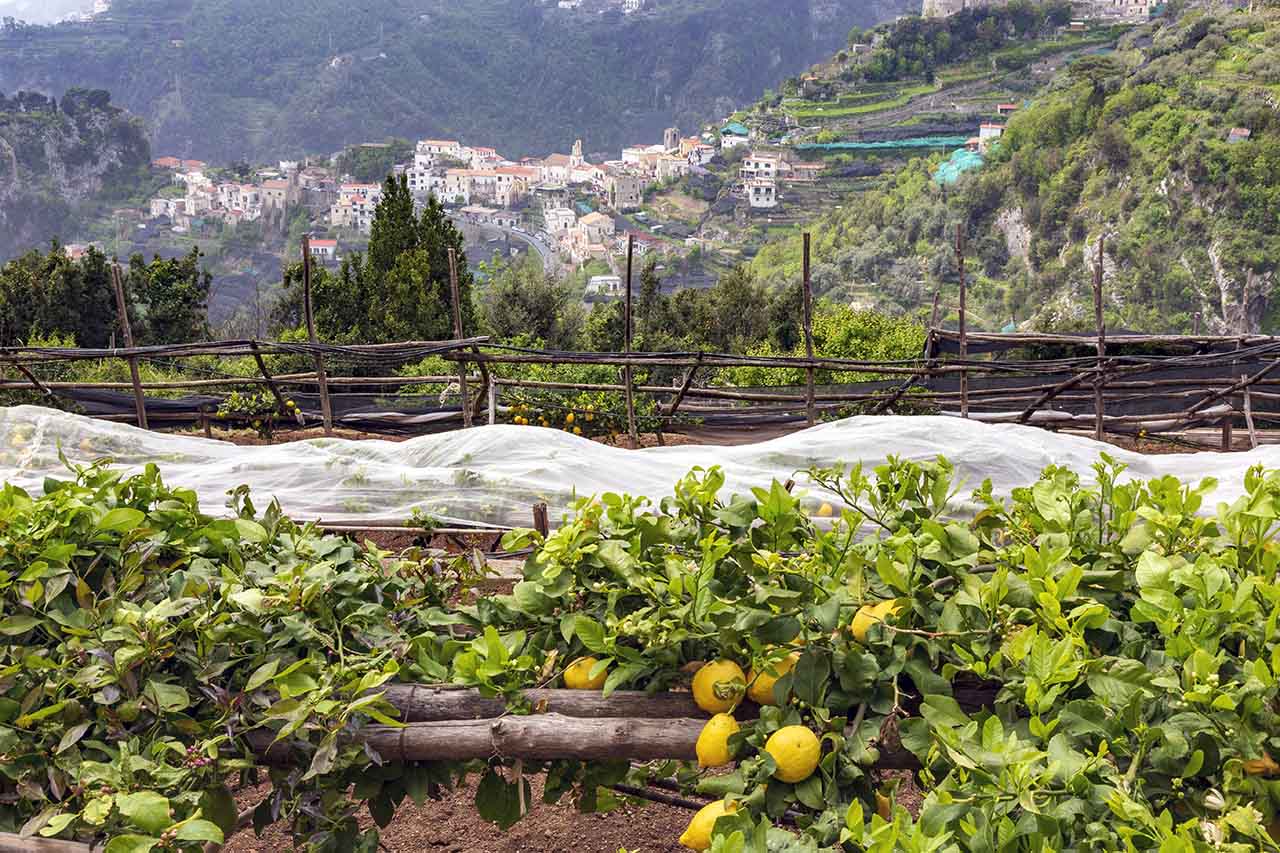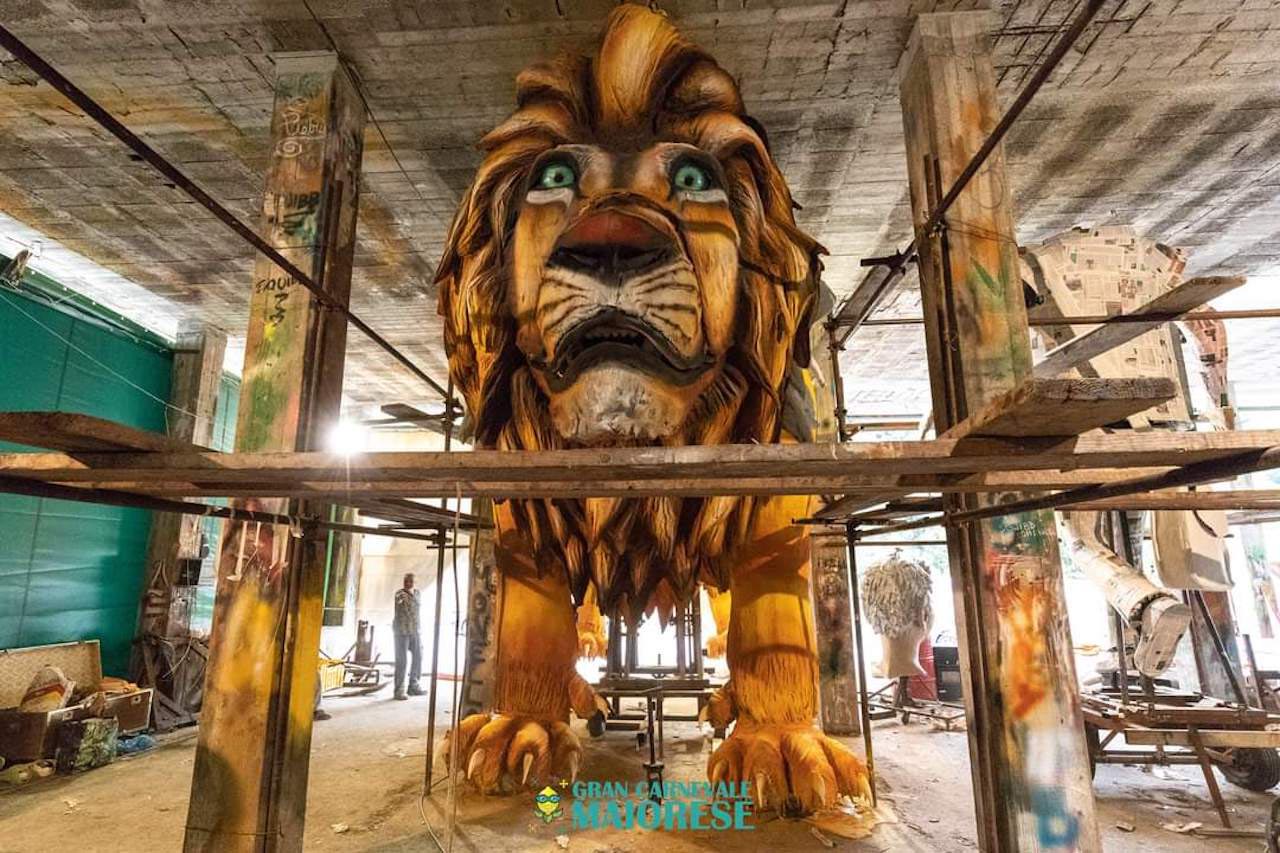Authentic Amalfi Coast
Here is the garden that I always seek in vain, like a perfect place from childhood. A memory that occurs tangibly above the depths of the sea, suspended on the leaves of the sumptuous orange and cedar trees in the hanging gardens of the convents.
This is how Salvatore Quasimodo described Amalfi in his “Elogio”
Amalfi Coast in short:
The Costiera Amalfitana, stretches along the eastern coast of the Sorrentine Peninsula in Salerno province and can rightly be defined as a landscape of outstanding cultural value, thanks to the astonishing work of both nature and man. Its dramatic topography and historical evolution, has produced exceptional cultural and natural scenic values, Nature is both unspoiled and harmoniously fused with the results of man’s activity. The landscape is marked by rocky areas, wood and maquis, but also by citrus groves and vineyards, grown wherever human beings could find a suitable spot [Italian Ministry of Tourism]
OUT OF ALL, FOUR FACTORS TO REFER TO
The Amalfi Coast includes an area that extends for 11,231 hectares distributed among 14 municipalities, agricultural areas and three nature reserves.
The terraces are the distinctive and unique element of the landscape of the Amalfi Coast.
The steep orography of the Amalfi Coast makes the terrace the true protagonist of the whole organization of space: roof garden, design of the wooded buttresses, plot of the inhabited centers themselves.
The popular culture of the Amalfi Coast is full of legends that have been handed down over time.
Created in 1681 by a cloistered nun residing in the Santa Rosa Monastery, a former Dominican convent, today a luxury hotel, over the centuries it has become a Made in Italy culinary heritage: the Santa Rosa Sfogliatella of the Amalfi Coast.





